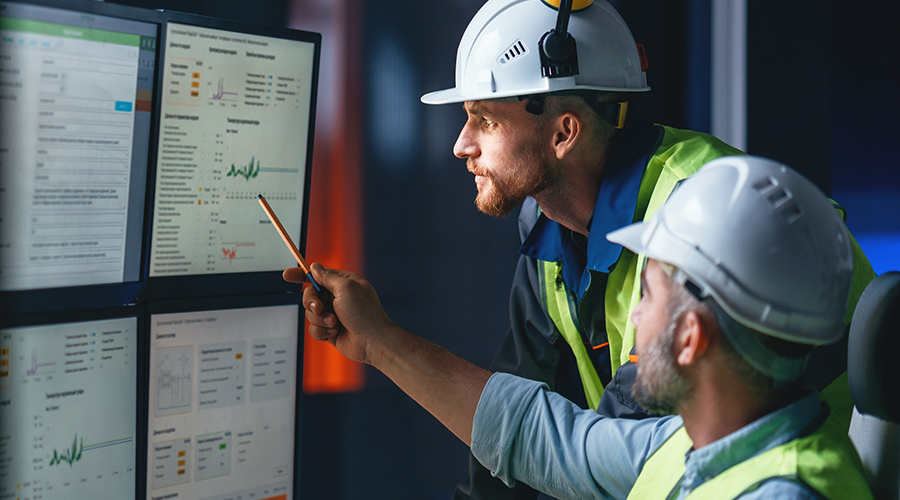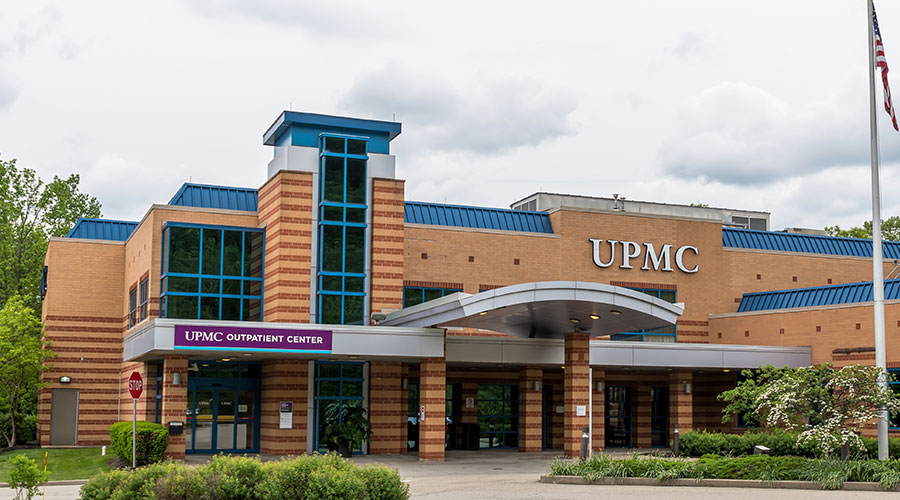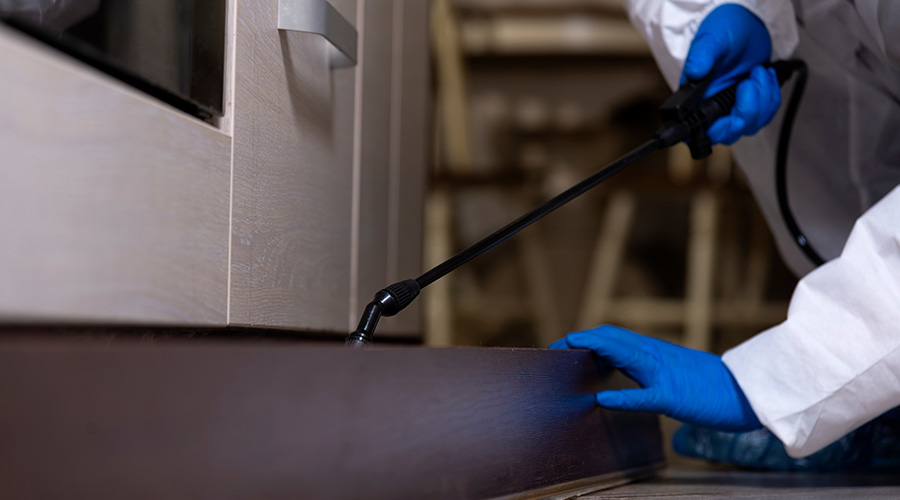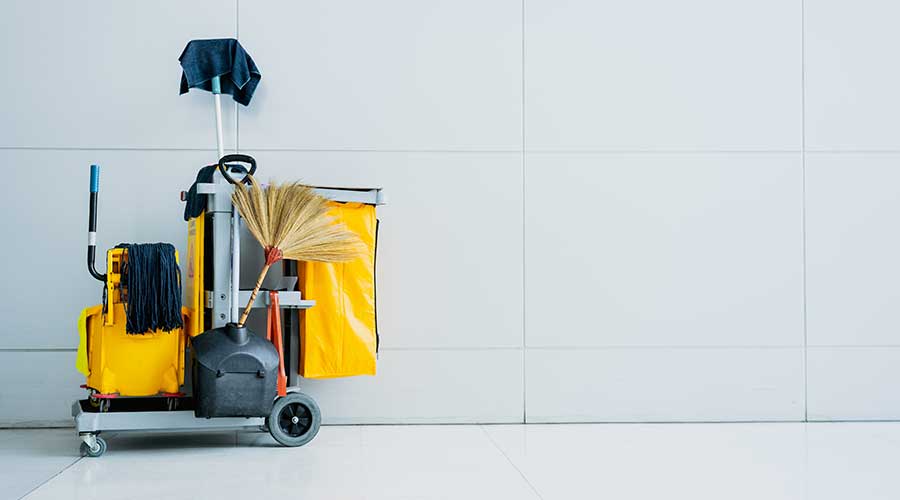Renovation Wreckers
Managers can help ensure successful renovations and retrofits by avoiding these 8 common oversights and missteps
Building renovations offer engineering and maintenance managers opportunities to improve their operations in a number of different areas, including energy efficiency, equipment and system maintainability, and performance. New mechanical and electrical systems and components offer higher reliability, reduced maintenance requirements and higher efficiencies. But too often, renovations do not fully live up to the expectations of managers, building owners and tenants. New systems might be difficult to maintain. Energy cost savings can fall far short of expectations, and systems can underperform.
Although a number of factors contribute to this gap between expectations and performance, too often the most significant factor is mistakes made during renovation. By better understanding some common renovation mistakes and their impact on a facility’s operation, managers can take steps to increase the chances of their projects being successful.
The benefits of understanding ways to avoid these mistakes are particularly large when one considers renovations that involve a building’s mechanical and electrical systems.
Replacement In-kind
To save time and installation costs, managers often replace existing systems with a new model of the old system. For example, when a chiller requires replacement, the replacement selected often is the same type and size as the old chiller.
While this decision might minimize changes that must be made to the rest of the building’s cooling system, it might not be the best choice for the facility. Building chillers have an average service life of 20 years, but much might have changed in the building, including the way it is operated, the types of functions it supports, the number of building occupants, the type of equipment installed, utility costs, and the need for air conditioning. Even the building itself might have changed.
Simply replacing an existing chiller in-kind does not take changes into account. To gain the greatest benefit from retrofits, managers must consider changes in loads and energy prices.
Ignoring New Technology
Building HVAC system technology has changed dramatically over the past 10 years, resulting in systems that are far more efficient, reliable, easy to maintain, and adaptable to changes in building conditions.
For example, DDC-control systems have replaced pneumatic controls. Variable frequency drives are routinely installed on chillers, pumps, and fan systems to improve performance and reduce energy use. System interoperability allows managers to interconnect various building systems, improving their operation and increasing system flexibility and capabilities.
Applying any new HVAC system technology is best accomplished during system renovation, but many managers fail to do so, either because they are not aware of the benefits of new technology or because they consider it a high risk. In reality, many new technologies have been widely tested and are considered essential if the organization is to remain competitive.
Partial Replacement
As with replacement in-kind, partial replacement retrofits are motivated primarily by the desire to keep costs low and to speed the retrofit process. To keep costs down, managers replace only part of the system. A new chiller is installed, but the old cooling tower remains in service. A new air handler is installed, but the old distribution system remains in place.
It is not always best to replace all components in a building mechanical or electrical system, but the decision must be based on factors such as:
-
the condition of components
-
how their performance compares to that for replacement components
-
how well they meet the needs of the operation.
Using economics as the primary basis for the decision to keep components will only ensure that the renovation does not fully meet the organization’s requirements and will shorten the time until a new renovation will be required.
Ignoring Maintenance Considerations
Perhaps the biggest complaint from maintenance personnel following a system renovation is that the new system is difficult or impossible to maintain.
Plumbing systems are installed without adequate isolation valves, forcing maintenance personnel to shut down all or large portions of the building to perform even a simple maintenance task. All plumbing fixtures must have isolation valves to allow their removal or replacement without having to shut down any other fixture in the building. Hot- and cold-water risers must have adequate isolation valves to allow isolation of as small a portion of the building as possible.
For HVAC systems, the most common maintenance complaints relate to the inaccessibility of installed equipment:
-
air handlers in high-bay areas with no access walkways.
-
isolation control valves installed behind equipment, making them difficult to even find.
-
HVAC system dampers installed behind walls or ceilings with no access doors.
-
air handlers wedged into spaces so maintenance personnel cannot service system coils and other components.
While dedicating space to building systems is costly, not providing adequate space can be more costly. When it is difficult to maintain equipment, equipment will not be maintained. Before finalizing renovation plans, managers should have those who will be responsible for maintaining the equipment review the construction drawings, looking for areas when access to equipment can be improved.
Ignoring Built-in Flexibility
Perhaps the biggest lesson of the past 10 years is that facilities and their systems must be flexible. Long gone are the days when a system could be designed for a 20-year service life based on today’s conditions. Facilities are in a constant state of churn. Tenants move. Infrastructure requirements change. New equipment is moved in or moved from one location to another.
If a renovation is to succeed, its design must be flexible. Changes in need must be matched with system flexibility. No manager wants to be forced to renovate systems that were just renovated just to meet a change in a building occupant’s needs.
Flexibility is particularly important when one considers that the rated service life of most mechanical systems is 20-25 years. Look at the changes that have taken place in any facility in that time, and remember that there will be at least that many in the coming 20-25 years. Any system renovated today must be able to change to meet those changing needs.
Ignoring the Big Picture
Too often when considering renovations, managers adopt tunnel vision and fail to look beyond the narrow scope of the current project. They approach system renovations as if they were the only systems that will operate in the facility. They pay little if any attention to the way a renovated system will interact with other building systems. Frequently, the result is systems that clash, reducing both operating efficiency and effectiveness.
Another problem with focusing only on the current project is that managers miss opportunities to improve overall building performance. When projects are implemented piecemeal, nobody takes the time to step back and ask basic questions:
-
Does the project make long-term sense?
-
Are future renovation projects, if combined with a current project, allow major improvements to operations?
-
Is it better to continue with piecemeal renovations, or is a major system upgrade the answer?
When managers look at the big picture, solutions frequently present themselves that were not readily apparent when considering only individual renovation projects.
Ignoring Part-load Performance
Managers must size building HVAC systems to meet the largest loads that will be imposed on them. Part-load operating efficiencies for some building equipment are significantly lower than their full-load efficiency.
For example, a centrifugal chiller might have a full-load operating efficiency of 0.50 kW/ton. That same chiller operated at 75 percent of its full-load rating might have an operating efficiency of only 0.75 kW/ton. Lower loads result in lower operating efficiencies.
Since most chillers operate at full-load for only a small percent of their total operating hours, their part-load operating efficiency is important in determining annual performance.
Where this situation is particularly important is in renovating central chillers. In many cases, a single, large chiller is installed to meet all cooling loads. In this case, managers should consider installing two smaller chillers to meet the same load. Using two chillers allows managers to improve energy efficiency by staging chiller operation to match cooling loads. It also provides a measure of backup in the event of a chiller failure.
When evaluating equipment to be installed as part of a renovation project, managers need to consider both full-load and part-load performance. For equipment such as centrifugal chillers, they should consider installing variable-frequency drives to further improve performance under part-load conditions.
Reduce Loads Rirst
When buildings are renovated, the intended result is a more efficient and cost-effective operation. In most cases, managers can reduce the energy requirements of the space by:
-
installing thermally efficient windows
-
adding insulation
-
upgrading lighting systems to more efficient fixtures.
When these improvements are lumped together, they can greatly affect the loads imposed on HVAC systems. If the equipment is replaced first, it must be sized to meet the loads imposed before the renovation. After the renovation has been completed, the HVAC systems generally will be oversized. Oversized systems usually do not operate as efficiently as those that are properly sized.
A better approach is to implement changes in the HVAC system by accounting for reduced loads it will have to serve. The results will be lower first costs and more efficient operation.
Related Topics:











